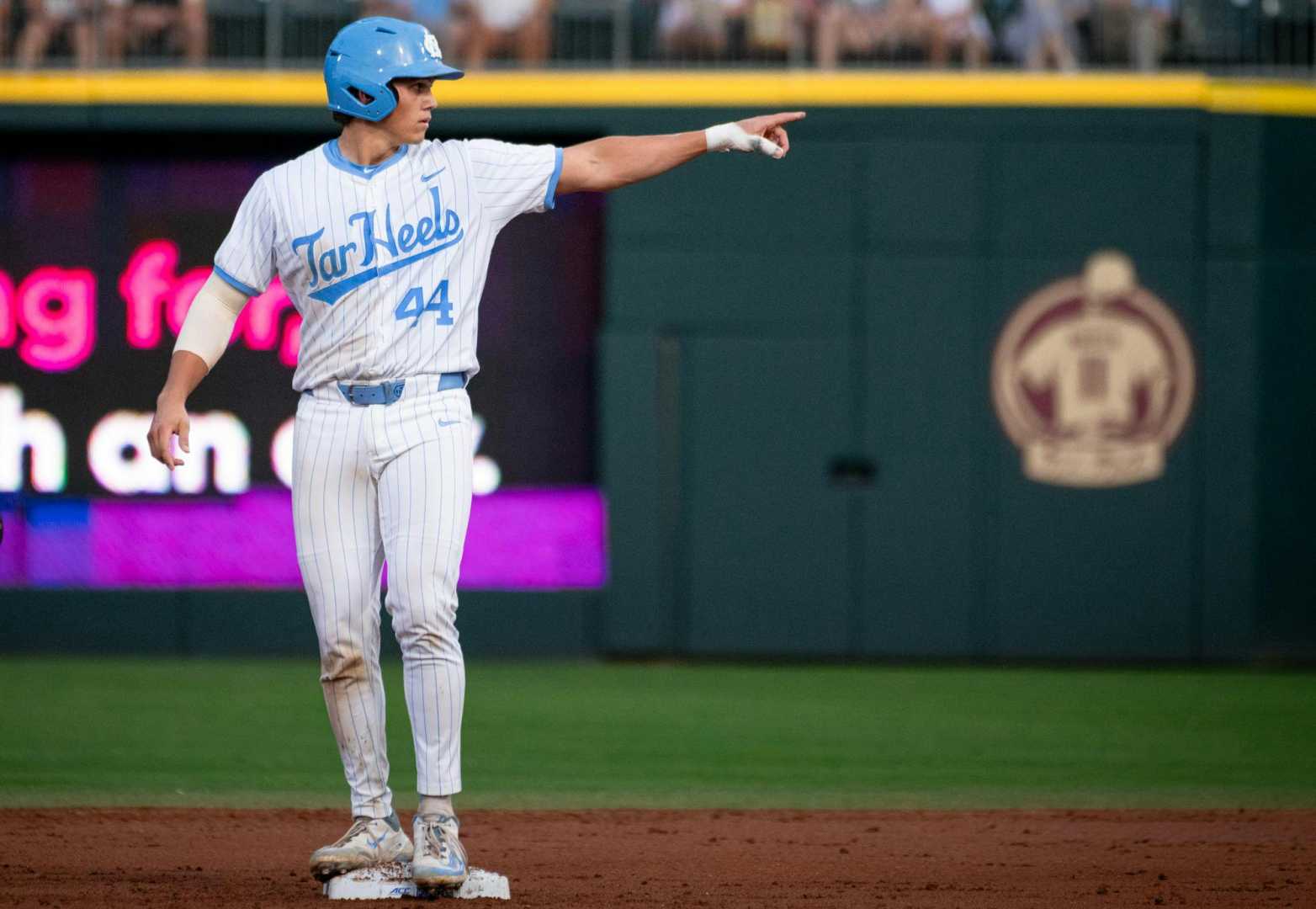Sports
MLB Rule Changes Transform Catching Position, Scouts Eye New Prospects

CHAPEL HILL, N.C. — In the top of the 11th inning during an early March baseball game, UNC catcher Luke Stevenson made a critical play to keep the game tied. After a Coastal Carolina batter hit a single, the runner tried to score. Stevenson received the relay throw and tagged the runner out, leading to a celebration as the Tar Heels later won the game and claimed the ACC title.
Stevenson, a draft-eligible sophomore, showcased his talents before heading to Phoenix for the MLB combine, where he is projected to be a top-35 pick. He is part of a new wave of catchers whose roles are evolving under the influence of 2023 MLB rule changes aimed at increasing offensive output. These changes include limiting defensive shifts and instituting a pitch clock, which have dramatically impacted how the game is played.
As a catcher, Stevenson faces the growing challenge of adapting to a game that is now placing a premium on offensive skill. According to an MLB director of amateur scouting, the requirements for catchers have shifted. “You could be an everyday catcher if you hit .210 with 10 home runs,” the director said. “But hitting .210 with 30 home runs makes you a superstar.”
With increased focus on speed, MLB teams are prioritizing catchers who can handle the demands of fast base runners. This shift is evident as stolen base attempts surged in recent years, creating a new challenge for catchers who must improve their throwing times to maintain their roles.
Despite these challenges, Stevenson’s offensive prowess makes him an attractive prospect. Last season, he ranked high among Division I catchers in several statistical categories, including home runs and on-base percentage. Scouts believe his batting skills could outweigh defensive concerns, making him a valuable addition to any MLB team.
Jim Koerner, USA Baseball’s director of player development, noted that the position is evolving, and future catchers must excel offensively and defensively. He and others are closely watching the next generation of catchers, like Stevenson, to see how they adapt to these new demands.
As the game continues to evolve, the balance between offensive production and traditional defensive skills remains critical for catchers aiming for success in the MLB.












